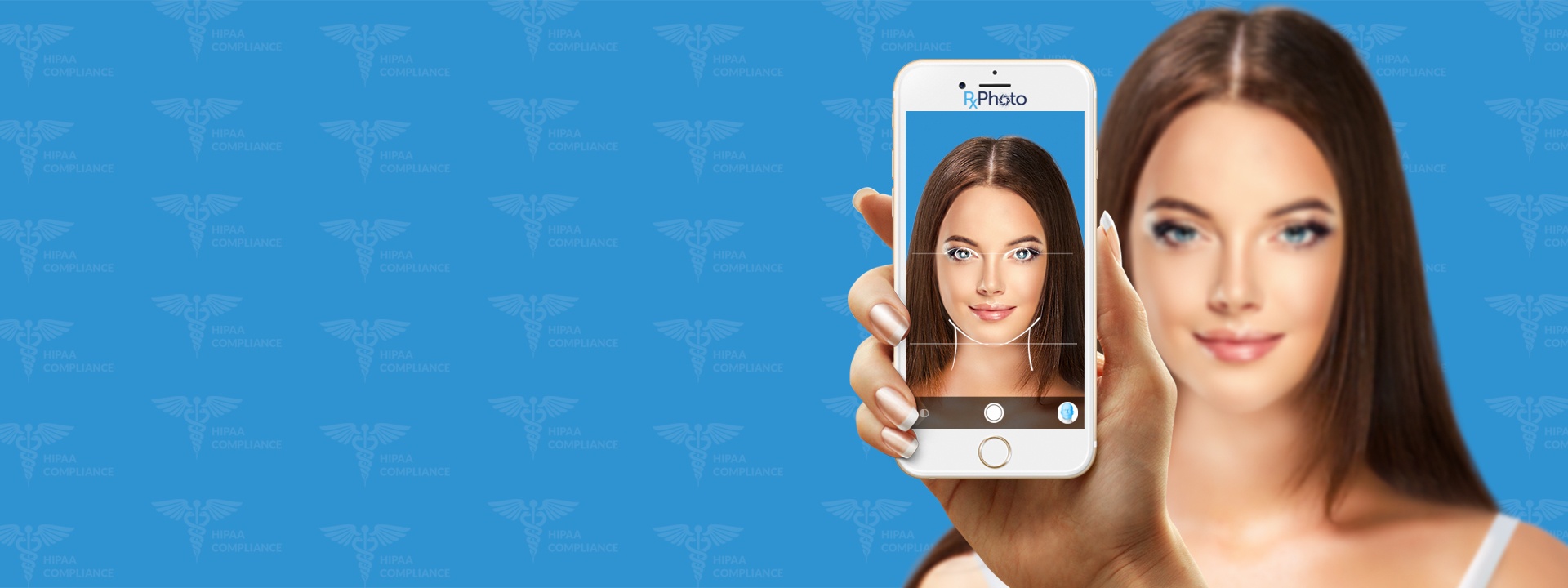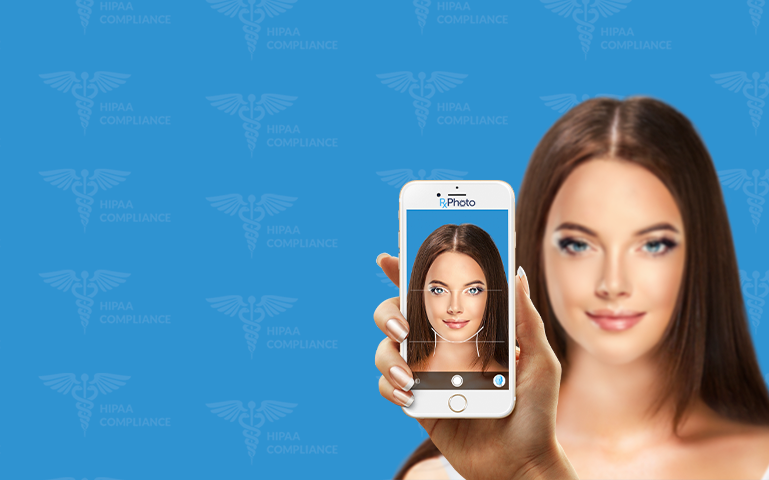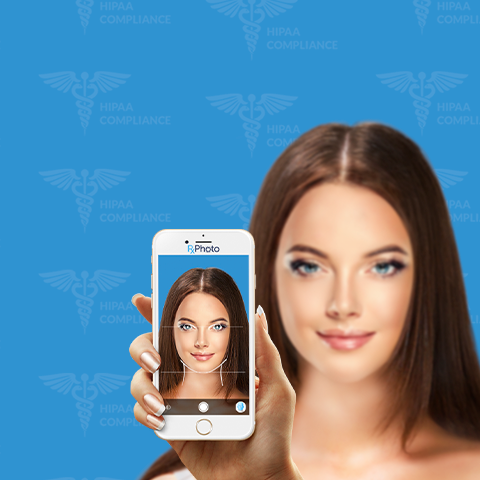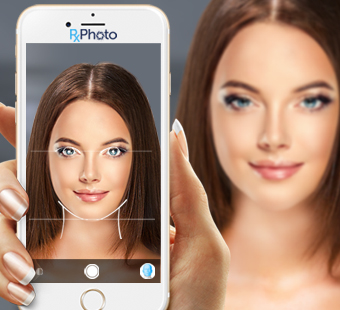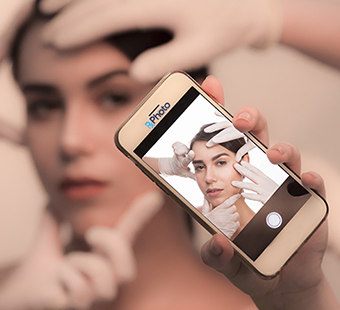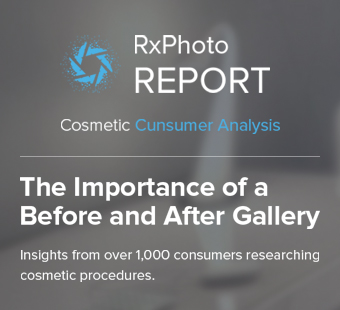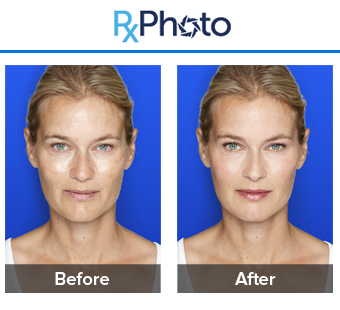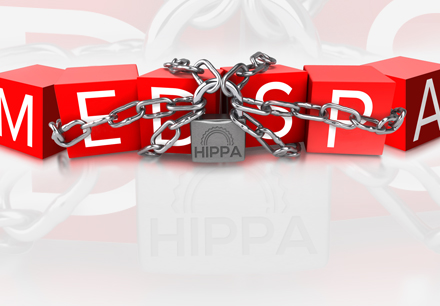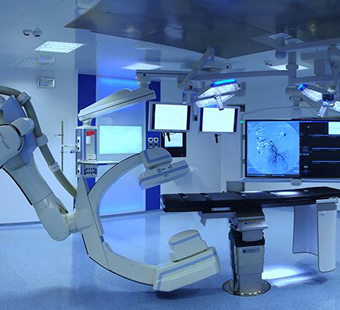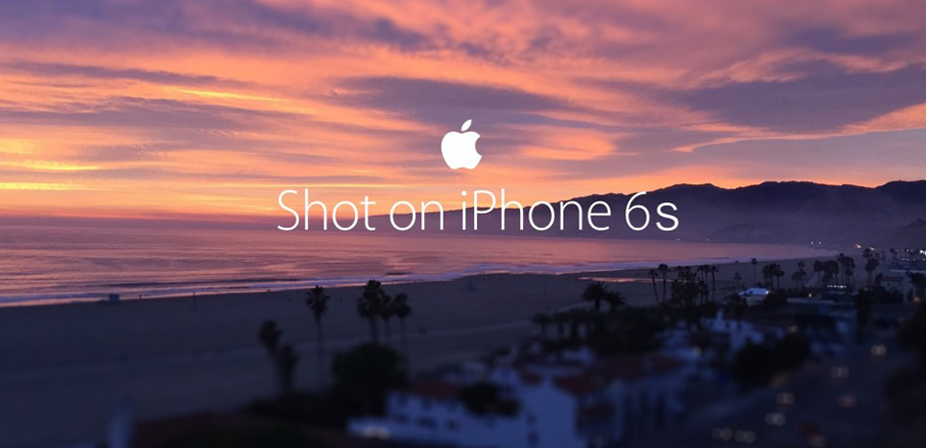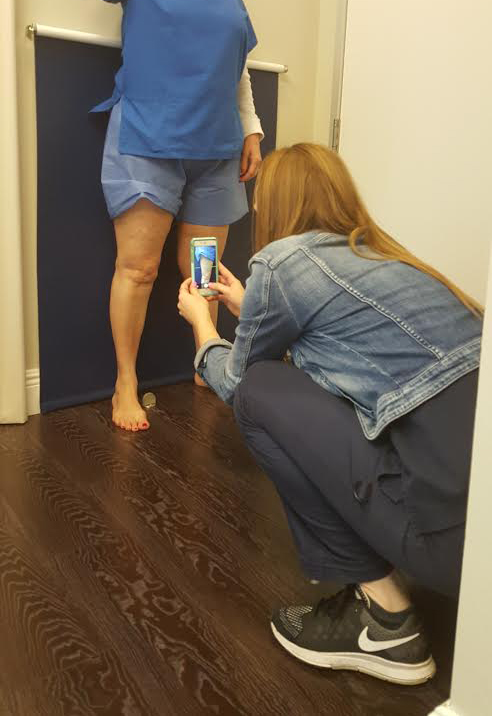RxPhoto’s mobile medical photography platform impresses healthcare providers with V3 release
RxPhoto, the leading mobile and cloud-based clinical photography platform announced that it has released version 3 of its mobile medical photography solution for medical practices and providers. Medical practices can now remain HIPAA compliant while using their mobile devices to securely capture, manage and share medical photos and videos.
RxPhoto helps providers increase patient satisfaction and improve workflow through its patented HIPAA mobile and cloud- based patient photography platform. The RxPhoto medical app eliminates the need for expensive and cumbersome photography equipment with its secure and intuitive medical photography system. RxPhoto’s web-based image and data management platform provides tools to not only store medical photos, but to use those photos to educate patients.
Read full article on RxPhoto.com
Continue Reading -
